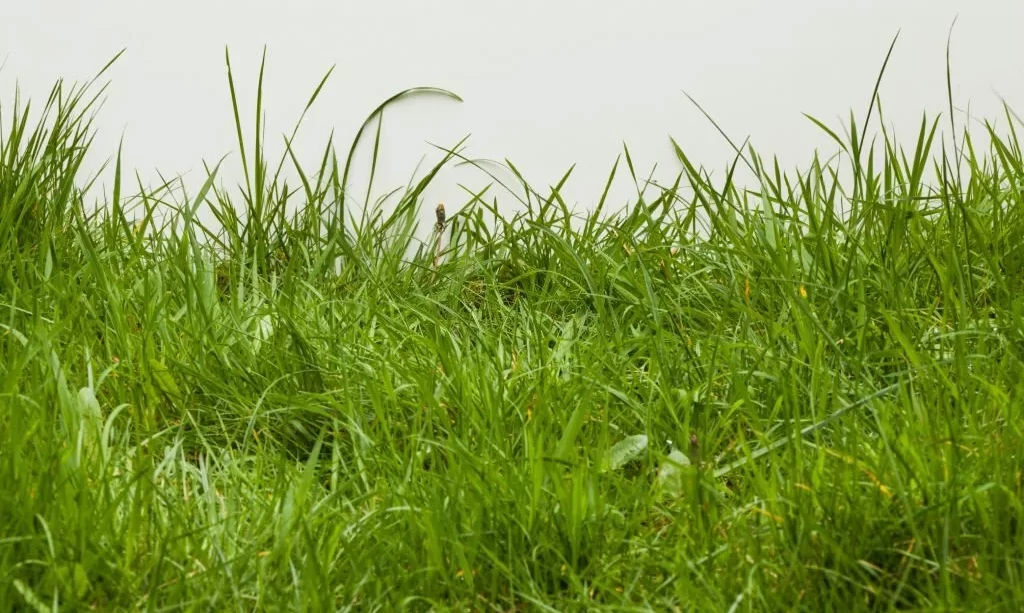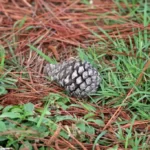Maintaining a well-kept lawn involves several tasks, one of which is cutting tall grass. Tall grass can make your yard look unkempt and may even harbor pests. To ensure a successful cutting process, you’ll need the right tools and a bit of know-how.
- POWERLOAD technology; load your line, push a button and go
- Get up to 45 minutes of run time on a single charge with the included 56V 2.5Ah ARC Lithium Battery
- Telescopic Aluminum Shaft quickly fits your height for ultimate comfort
- High-Efficiency Brushless Motor
- 15 in. Cutting Swath
Gather Your Tools
Before you embark on your grass-cutting mission, it’s important to gather the necessary tools. Here’s what you’ll need:
- Lawnmower or String Trimmer: Depending on the height of the grass, you can use either a lawnmower or a string trimmer. A lawnmower is ideal for larger areas, while a string trimmer is perfect for tighter spots and edges.
- Safety Gear: Protect yourself by wearing safety goggles to shield your eyes from debris. Sturdy gloves will help safeguard your hands, and don’t forget to wear closed-toe shoes for foot protection.
- Rake: A sturdy rake will come in handy for collecting grass clippings and tidying up after you’re done.
- Gasoline or Power Cord: If you’re using a gas-powered lawnmower or string trimmer, ensure you have enough gasoline to complete the task. For electric tools, make sure you have a long enough power cord to reach all areas of your lawn.
- Trash Bags or Compost Bin: You’ll need a place to dispose of the collected grass clippings. Large trash bags or a compost bin work well for this purpose.
By having these tools ready, you’ll be well-prepared to tackle the task of cutting tall grass and transforming your lawn into a neat and inviting outdoor space.
Safety Precautions
Before you begin cutting tall grass, take a moment to ensure your safety. Follow these simple precautions:
- Clear the Area: Remove any obstacles from the lawn, such as rocks, toys, or debris, to prevent accidents while mowing.
- Wear Appropriate Clothing: Choose comfortable clothing that covers your skin, and opt for closed-toe shoes to protect your feet from debris and potential hazards.
- Check the Equipment: Inspect your lawnmower or string trimmer to ensure it’s in proper working condition. Check the blades, fuel levels (if applicable), and safety features.
- Stay Hydrated: Mowing can be physically demanding, especially on a hot day. Stay hydrated by keeping a water bottle nearby and taking breaks as needed.
- Watch Your Surroundings: Be aware of your surroundings while mowing to avoid tripping hazards, pet encounters, and other potential accidents.
Mowing Tall Grass with a Lawnmower
Mowing tall grass requires a slightly different approach than mowing shorter grass. Here’s how to do it effectively:
- Adjust the Mower Height: Set the lawnmower deck to its highest cutting height. This prevents cutting off too much grass at once, which could stress the grass and expose the soil to harsh sunlight.
- Start Slowly: Begin mowing slowly and gradually increase your pace as you get a feel for the terrain and the grass height. This prevents clogs and strain on the mower’s engine.
- Overlap Each Pass: Make overlapping passes with the lawnmower to ensure even coverage. This helps prevent uneven patches and missed areas.
- Bag or Mulch: If the grass is excessively tall, you may need to bag the clippings instead of mulching them. Bagging prevents clumps of grass from smothering your lawn.
- Take Breaks: Tall grass can be tougher to mow, so take breaks if needed to avoid overexertion.
- Final Pass: After the initial mowing, you can lower the mower deck slightly and make a final pass for a more polished look.
By following these steps, you’ll be able to tackle tall grass with your lawnmower and achieve a well-maintained lawn that you can enjoy throughout the season.
Trimming Tall Grass with a String Trimmer
If you’re using a string trimmer to tackle tall grass, here’s how to do it effectively:
- Choose the Right String: Make sure your string trimmer is equipped with a heavy-duty line that can handle thicker grass without getting constantly tangled or breaking.
- Safety First: Wear safety goggles, long pants, and closed-toe shoes to protect yourself from flying debris.
- Start at the Edges: Begin by trimming along the edges of your lawn or around obstacles like trees, fences, and flower beds.
- Work in Sections: Divide your lawn into manageable sections and work through them systematically. Hold the trimmer at a slight angle and guide it through the grass, letting the string do the cutting.
- Keep a Comfortable Height: Don’t cut the grass too short all at once. Gradually lower the trimmer head to achieve your desired grass height, making multiple passes if necessary.
- Overlap Each Pass: Just like with mowing, overlap each pass slightly to ensure even trimming and avoid leaving patches of tall grass.
- Check for Obstructions: As you trim, keep an eye out for rocks, sticks, or other debris that could damage the trimmer or pose a hazard.
Cleaning Up
After trimming or mowing tall grass, it’s important to clean up properly:
- Collect Clippings: If you used a lawnmower, gather any grass clippings and bag them for disposal or use them as mulch in your garden.
- Rake Debris: Use a rake to collect any leftover debris, such as cut grass, sticks, or leaves, and dispose of them.
- Inspect the Area: Walk around your lawn to ensure you haven’t missed any patches of tall grass or overlooked any obstacles.
- Dispose of Waste: Dispose of collected grass clippings and debris in accordance with your local waste disposal regulations. You may be able to compost grass clippings if they’re free from pesticides and chemicals.
- Clean Your Equipment: After you’re done, clean your lawnmower or string trimmer thoroughly to prevent grass buildup and keep it in good working condition for future use.
By following these steps, you can effectively trim tall grass and maintain a neat and tidy lawn that enhances the overall appearance of your outdoor space.
Aftercare
Taking care of your lawn after trimming tall grass ensures healthy growth and a well-maintained appearance:
- Watering: Give your lawn a good watering after trimming to help it recover from the stress of cutting. Deep and consistent watering promotes root growth and overall health.
- Fertilizing: Consider applying a balanced fertilizer to provide essential nutrients to the grass. Avoid excessive fertilization, as it can lead to rapid growth that requires more frequent mowing.
- Avoid Heavy Traffic: Try to minimize foot traffic on the freshly trimmed areas for a few days to allow the grass to recover without being stressed further.
- Regular Maintenance: Establish a regular lawn care routine that includes mowing, watering, and fertilizing to keep your grass healthy and prevent it from becoming overgrown in the future.
- Scotts Green Max Lawn Food is a dual-action fertilizer and iron formula that feeds your lawn and provides deep greening in just 3 days
- This lawn care product contains 5% iron, a micronutrient that enhances the greening process for fast results
- Apply this fertilizer plus iron supplement to any grass type in the spring, summer, or fall
- Guaranteed not to stain concrete, driveways, or other surfaces surrounding your lawn (when used as directed)
- One 16.67 lb. bag of Scotts Green Max Lawn Food covers 5,000 sq. ft.
Conclusion
Trimming tall grass may seem like a challenging task, but with the right tools, safety precautions, and techniques, you can achieve a neatly manicured lawn. Remember that regular maintenance and proper aftercare are key to keeping your lawn looking its best. By following these steps and showing your lawn a little love, you’ll enjoy an outdoor space that you can be proud of and that adds to the overall beauty of your home.





